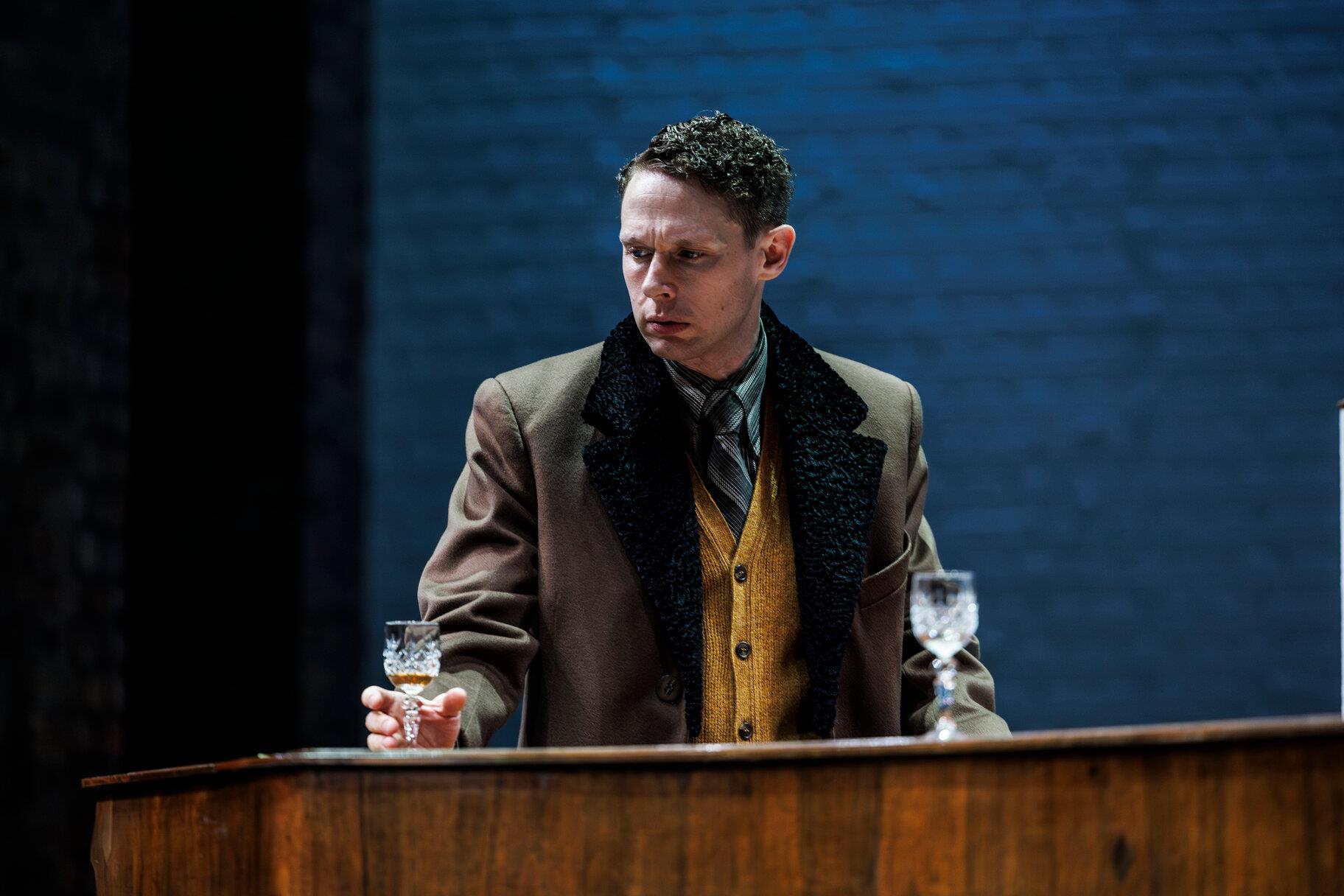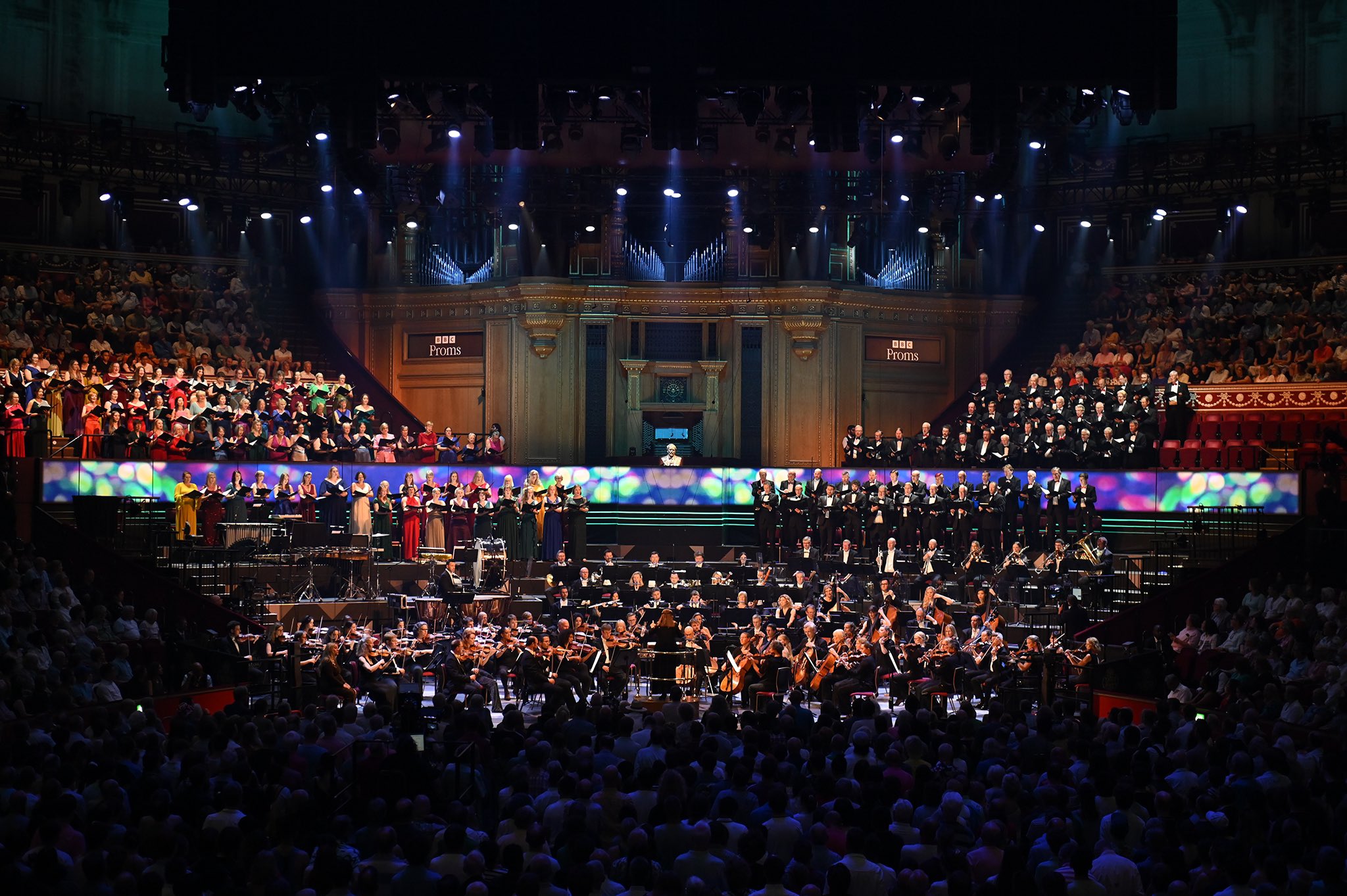Mark Ravenhill’s ‘Ben and Imo’ exposes Britten’s flaws and Holst’s steadfast support, revealing complex dynamics and emotional depth.
The narrative challenges perceptions of both, offering a raw look at their partnership and individual struggles.
Samuel Barnett and Victoria Yeates bring the characters of Benjamin Britten and Imogen Holst in Mark Ravenhill’s two-person play “Ben and Imo” to life, offering a glimpse into the tumultuous creation of Gloriana, a new opera for the 1953 Coronation celebrations at Covent Garden.
Barnett and Yeates deliver captivating performances throughout, skillfully capturing the composer’s struggles with self-doubt, his controlling tendencies, and occasional flashes of spitefulness, counterbalanced by Holst’s unwavering accountability, unbridled enthusiasm, and at times unsettling adulation.
Imogen Holst, daughter of Gustav ‘Gussie’ Holst, left her teaching post at Dartington in 1952 to assist Britten in composing Gloriana on the east coast of Suffolk in Aldeburgh. The move saw Holst later take on a role producing the then-fledgling Aldeburgh Festival. She died in Aldeburgh in 1984.

The narrative kicks off with a challenging negotiation over Holst’s job title – musical assistant or ‘how about amanuensis?’ The ambiguity persists throughout the play, reflecting the blurred lines of Holst’s influence on Britten’s work. Holst consistently rises to the occasion, motivating Britten during moments of self-doubt or illness, saving manuscripts from a studio flood, and reluctantly playing the role of a consoling mother when needed. Yeates characterisation depicts Holst as a highly-prized goal-oriented individual who would inspire future generations of arts administrators.
For a devoted but small audience, Britten emerges as a flawed hero in ‘Ben and Imo’, with both Mark Ravenhill and Samuel Barnett skillfully bringing out the intriguing awkwardness evident in biographies and photographs.

The play is rich in details and references, showcasing Ravenhill’s meticulous research and lending authenticity to the on-stage portrayal. References to Britten’s criticism of fellow composer Vaughan Williams, his preference for the card game Happy Families as a distraction from confronting challenge, and his dislike for choreographer Frederick Ashton, all contribute to all serve as conduits for exposing Britten’s unsettling qualities.
Ravenhill’s script and Burnett’s performance goes further, making Britten an argumentative and spiteful individual grappling with self-loathing and the aftermath of dysregulated responses. The intense third-act exchanges between Britten and Holst feel uncomfortably private, as though we’re intruding on heated negotiations embarked upon by a newly established couple. At times Britten’s vitriol meant looking away from the stage was the only option.
Britten’s lashing out is juxtaposed with quick, whiny apologies, revealing the toxic consequences of the composer’s upbringing and his resulting adult dependence on adulation. Holst’s co-dependence is also evident, assuming a maternal role that meets Britten’s needs. Their relationship mirrors a marriage that never was, rooted in filling the void left by the composer’s mother’s death in 1934.
One of “Ben and Imo” triumphs then is the way Britten emerges as a character brimming with complexities and contradictions. He embodies a mix of positive, negative, and occasionally toxic behaviours, skewering the lionised view fans, commentators and authors frequently resort to. Here Britten fulfils the role of an artist desired by post-war Britain (and the East Suffolk residents fueled by their middle-class aspirations), even if his flaws are laid bare. Perhaps that makes his output all the more intriguing. The reality behind the romantic notion of a tortured artist makes for quite uncomfortable theatre (and rightly so). In this context, calling Britten ‘genius’ as he is repeatedly in the play, feels as though it is something more important for the likes of Holst, Britten’s fans and maybe even those in the audience too. It’s certainly not helping Britten with his self-loathing.
On the other hand, Holst is portrayed by Yeates as a leader struggling for recognition. Imogen Holst’s character takes care of logistics, allowing Britten’s to flourish. She withstands her boss’s dysregulation and exhibits a co-dependent pattern, always returning despite his lack of adjustment.

Interestingly, while Britten’s character aligns with my perceptions from biographies and images, Holst’s portrayal diverges. Ravenhill’s Imogen Holst appears more attuned to the world and smarter than the perceived image of a charismatic but possibly scattergun music teacher archive pictures project.
“Ben and Imo” originated as a Radio 3 production, featuring additional characters to ensure listener retention. On stage with the dialogue cut to Britten and Holst, the story unfolds with an entirely different energy. This demands exceptional range and stamina from the Barnett and Yeates. Despite my bias for the subject matter, the play provides a gripping and thought-provoking performance that celebrates the intricate dynamics between two complex individuals.



